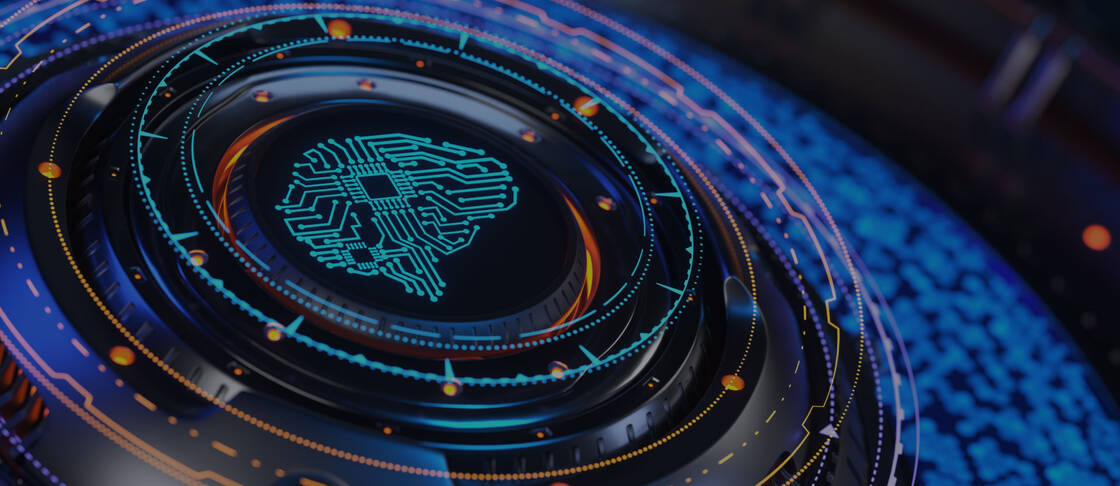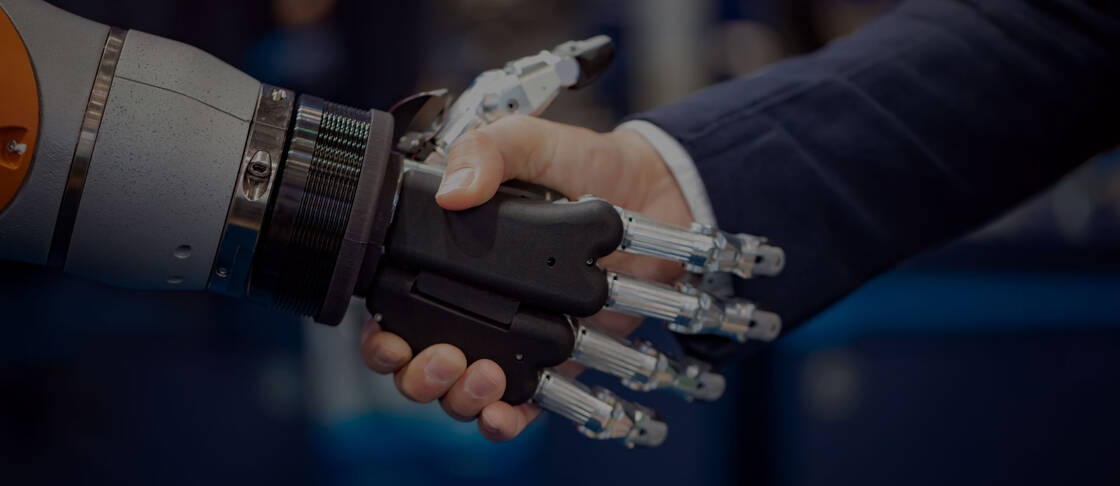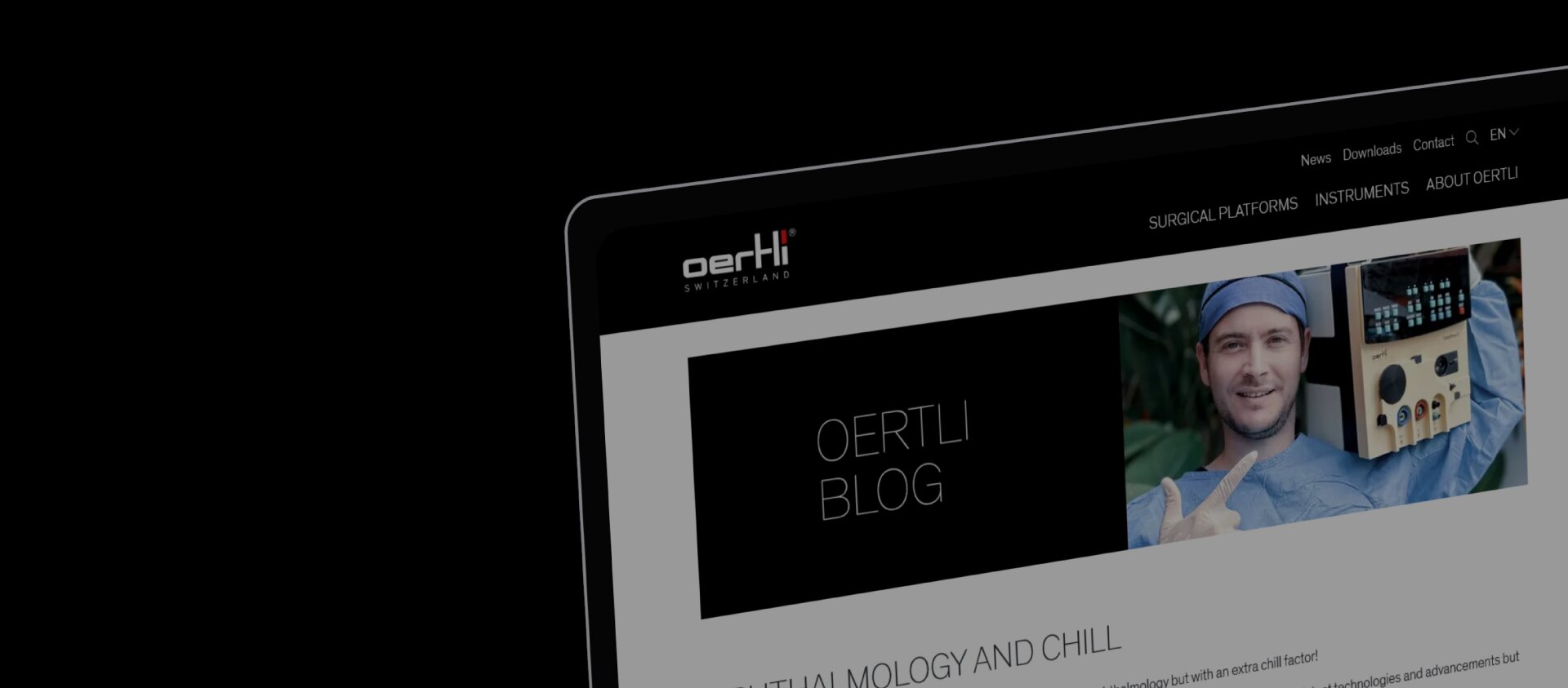
The Future of Eye Surgery: AI, Robotics, and Innovative Technologies
Published: 03/05/2023, Reading time: 4 minutes
The world of ophthalmology is constantly evolving, and groundbreaking developments in the areas of Artificial Intelligence (AI) and robotics have the potential to fundamentally change the way eye surgery is performed. Ophthalmology conferences play a vital role in the ever-evolving world of eye surgery, as they serve as platforms for presenting and discussing groundbreaking advancements in areas such as Artificial Intelligence (AI) and robotics. These innovations hold the potential to revolutionize the way eye surgeries are conducted, shaping the future of ophthalmology.

AI and robotics in ophthalmology:
In recent years, AI and robotics have made significant strides in various medical fields, including ophthalmology. These cutting-edge technologies might have the potential in revolutionizing surgical procedures, such as vitrectomy and cataract surgery by enhancing precision, reducing complications, and improving patient outcomes.
One notable innovation is the integration of AI algorithms into surgical planning and decision-making. By analyzing vast amounts of data from past surgeries and patient outcomes, AI can help surgeons make more informed decisions, leading to better results and reduced risks 1.
Here are some more detailed options:
-
Enhanced Diagnostics: AI-driven algorithms are being developed to analyze medical imaging, such as retinal scans and optical coherence tomography (OCT) images. These algorithms can identify and quantify subtle changes in the retina and other ocular structures, enabling early detection of diseases like diabetic retinopathy, age-related macular degeneration, and glaucoma. This allows for timely intervention and treatment, potentially preventing vision loss in affected patients.
-
Robotics-Assisted Surgery: Robot-assisted surgical systems are being designed to provide greater precision and control during ophthalmic procedures. For instance, the da Vinci Surgical System, originally developed for use in various surgical fields, is being adapted for ophthalmic applications, specifically retina surgery. Robotic assistance can help surgeons perform delicate and complex procedures with reduced tremor and improved accuracy what might can lead to better outcomes and faster recovery times.
-
Teleophthalmology: AI-powered teleophthalmology platforms are enabling remote consultations and follow-ups for patients in underserved areas. These platforms can automatically analyze retinal images and provide preliminary diagnostic information to healthcare providers, who can then assess and manage patients remotely. This has the potential to improve access to quality eye care for people in rural or remote locations, reducing the burden on centralized healthcare systems.
In summary, AI and robotics have the potential improving diagnostics, surgical precision, patient care, and access to treatment. As these technologies continue to advance, they hold great potential for further enhancing the quality of eye care and ultimately preventing avoidable vision loss.

Once specific application is the use of robotics in eye surgery. Robots, like the recently tested Robotic Retinal Dissection Device (R2D2), are designed to assist surgeons in performing delicate procedures with increased accuracy and stability 2. For instance, during a vitrectomy, a robot can aid in the removal of the vitreous gel from the eye with enhanced precision and minimal trauma to surrounding tissues.
Phaco Machine and Cataract Surgery
In cataract surgery, the use of advanced phaco machines has significantly improved the safety and efficacy of the procedure. These machines employ ultrasound energy to break up and remove the cloudy lens, allowing for a smaller incision and faster recovery 3. AI-powered phaco machines are now being developed to further optimize the procedure, offering real-time feedback and adjustments to ensure the best possible outcome for patients.
You can find another interesting piece about AI and ophthalmology here.

The Role of Ophthalmology Conferences and Congresses
Ophthalmology conferences and congresses serve as vital platforms for sharing the latest innovations, research findings, and advancements in the field. These gatherings foster collaboration and discussion among experts, paving the way for new breakthroughs and improved patient care. Some notable events in this field include the American Society of Cataract and Refractive Surgery (ASCRS) Annual Meeting and the European Society of Cataract and Refractive Surgeons (ESCRS) Congress.
AI and medical regulations
It's important to note that all medical devices, including those incorporating AI and robotics, must comply with Medical regulations like the Medical Device Regulation (MDR) or the FDA to ensure safety and efficacy. Devices such as AI-powered phaco machines and robotic surgical systems must undergo thorough evaluation and testing before they can be utilized in clinical settings, to ensure the safety and well-being of patients. For instance, The MDR sets stringent standards and requirements for manufacturers, and devices must undergo thorough evaluation and testing before they can be utilized in clinical settings.
In conclusion for ophthalmology
The integration of AI and robotics in ophthalmology will mark its steps in eye surgery, improving patient outcomes and reducing complications. As these technologies continue to advance, ophthalmology conferences and congresses will remain crucial in showcasing innovations and fostering collaboration among experts. By adhering to regulatory standards as the MDR or FDA, a safe and effective implementation of these game-changing technologies in the field of eye surgery is assured.

Phaco History
Check out our blog about the history in phacoemulsification - and more.
About our eyes
Our eyes deserve our respect. They are a fascinating tool of humans and eagles. Why?
Glaucoma and HFDS
HFDS shows its love for the eyes by offering a minimally invasive and gentle approach to glaucoma treatment. Check it out.
Oertli data on file
This blog post now accurately references the provided sources in the correct order, ensuring clarity and proper attribution of information. If you have further adjustments or additions, feel free to ask!
This blog was written with the support of artificial intelligence (Chat-GPT).
